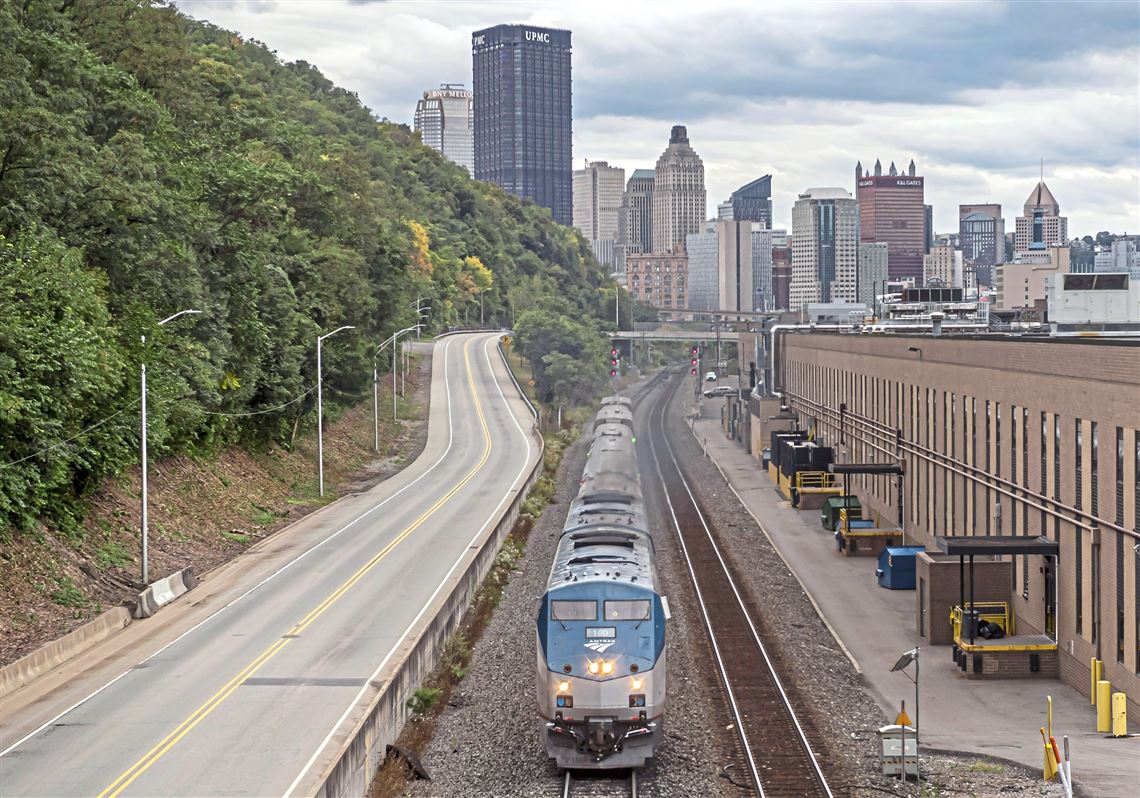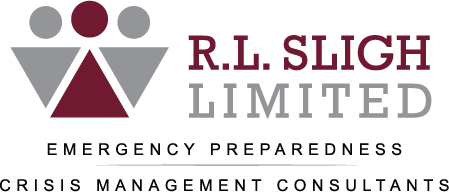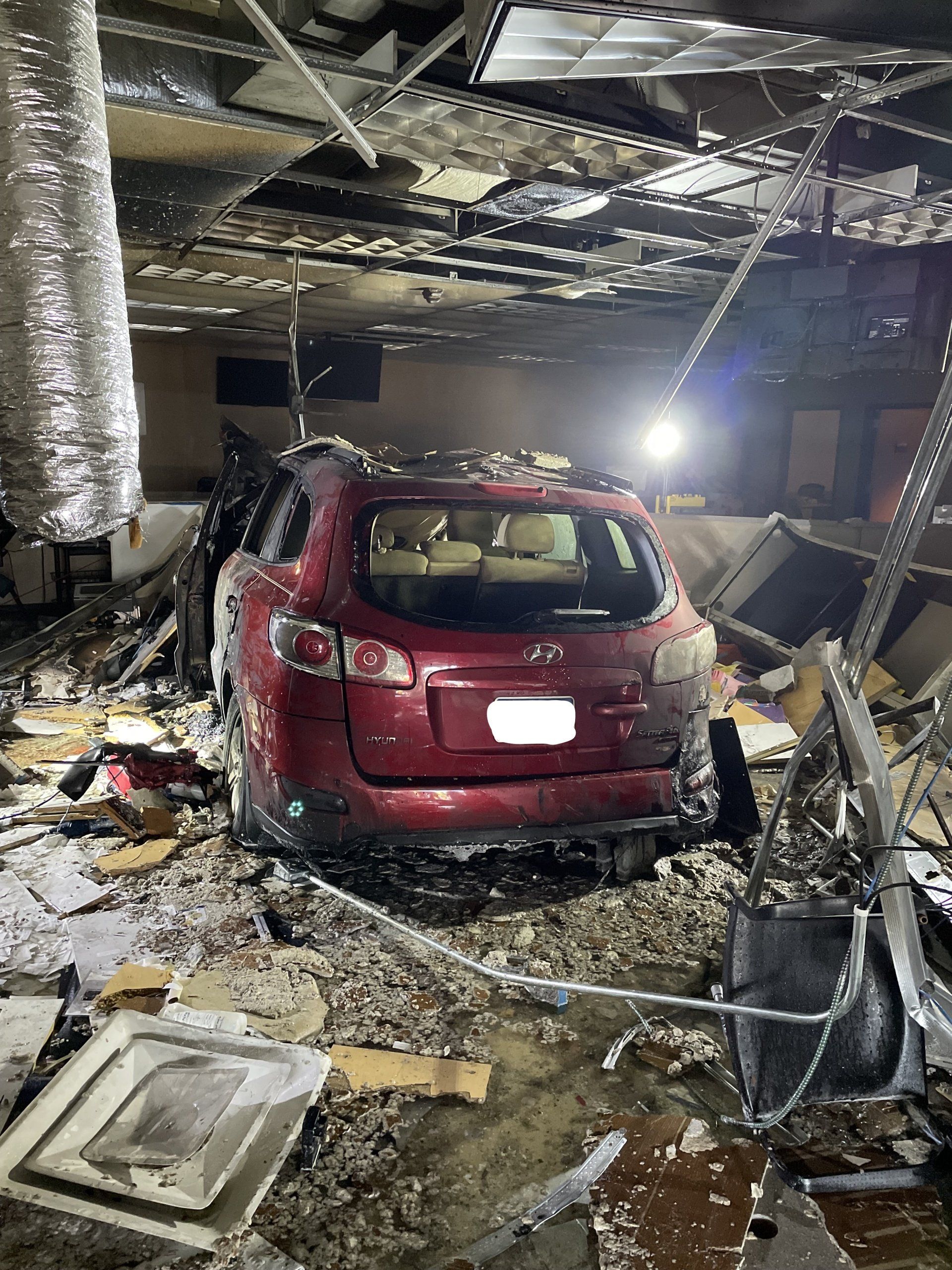"Best Defense is No Be There" _ Mr. Miyagi
Business Continuity: Risk Avoidance

Risk Avoidance
In a previous post, I used a boxing analogy to help describe the difference between being resistant and being resilient. I expounded on the risk posed by me entering into the ring with Mike Tyson. Since I am adverse to suffering serious neurological damage, I will avoid the risk of physical conflict with Mike Tyson at all costs. How do I accomplish this? Simple, I don’t enter into the ring. The best way to not suffer the consequences of a risk eventuating is to not take the risks, thus the quote from Mr. Miyagi above.
There are personal and organizational risks we should avoid. For example, we should avoid the risk of setting our home on fire by leaving a pot on the stove unattended, and we should avoid the risk of drowning by not driving through standing water on roadways. Additionally, we should avoid injury and/or death to our employees by incorporating safety devices such as handrails on stairs, and clearly marked emergency exits in our facilities.
Your organization is exposed to risks at the macro level or from the external environment and from the micro level or internal environment. The ability and practicality of avoiding these risks is limited. Let us consider the external environment. Imagine your organization is located in close proximity to high-volume railroad tracks in an urban area. Since rail lines serving urban areas are usually transporting passengers, the railroad companies and the federal government place a high priority on track maintenance. The Catch-22 of this is since the rail is well maintained, hazardous materials are transported on the same rail to reduce the risks of a derailment and the consequences associated with it (yes, instead of routing the hazardous materials in a different direction, hazardous materials are transported through densely populated urban centers). It is beyond your control to determine what hazardous materials are transported on the track. Therefore, you cannot avoid the risks associated with hazardous materials being transported by rail in close proximity to your facility. Other risks from the external environment which are unlikely to be avoided include severe weather, civil unrest, pandemics, and fluctuations in the economy.
Risks posed by the internal environment could include the processes used in production. If, for example, your company is in the plastics industry, the process to create your product may require the use of flammable or other hazardous materials. There may be furnaces in use, or controlled chemical reactions which produce excessive amounts of heat. This means your organization is at an increased risk of fires, hazardous materials spill, and associated production risks to employees. These risks are the costs of doing business. Some may refer to such risks as being the nature of the beast. In this situation, risk avoidance is not an option. The organization must find alternative strategies of managing the risks. Other examples of internal risks include labor disputes, toxic leadership, and failure to adapt to changes in the external environment.
Conclusion
The upside of risk avoidance is you need not fear the consequences of being exposed to the risks. The downside is nothing ventured, nothing gained. The question then becomes is risk avoidance a realistic strategy for your organization? At R. L. Sligh Limited, we recognize that risk management strategies are not mutually exclusive. Through care analysis and assessment, we can help you select the best option for reducing risks to your organization.
"BECAUSE HOPE IS NOT A STRATEGY AND FAILURE IS NOT AN OPTION"
CONTACT US
+724-601-2523
darryl.jones@rlshigh.com
147 Aidan Court
Pittsburgh, PA, 15226
ABOUT
PROGRAMS
JOIN OUR MONTHLY NEWSLETTER
Contact Us
We will get back to you as soon as possible.
Please try again later.



